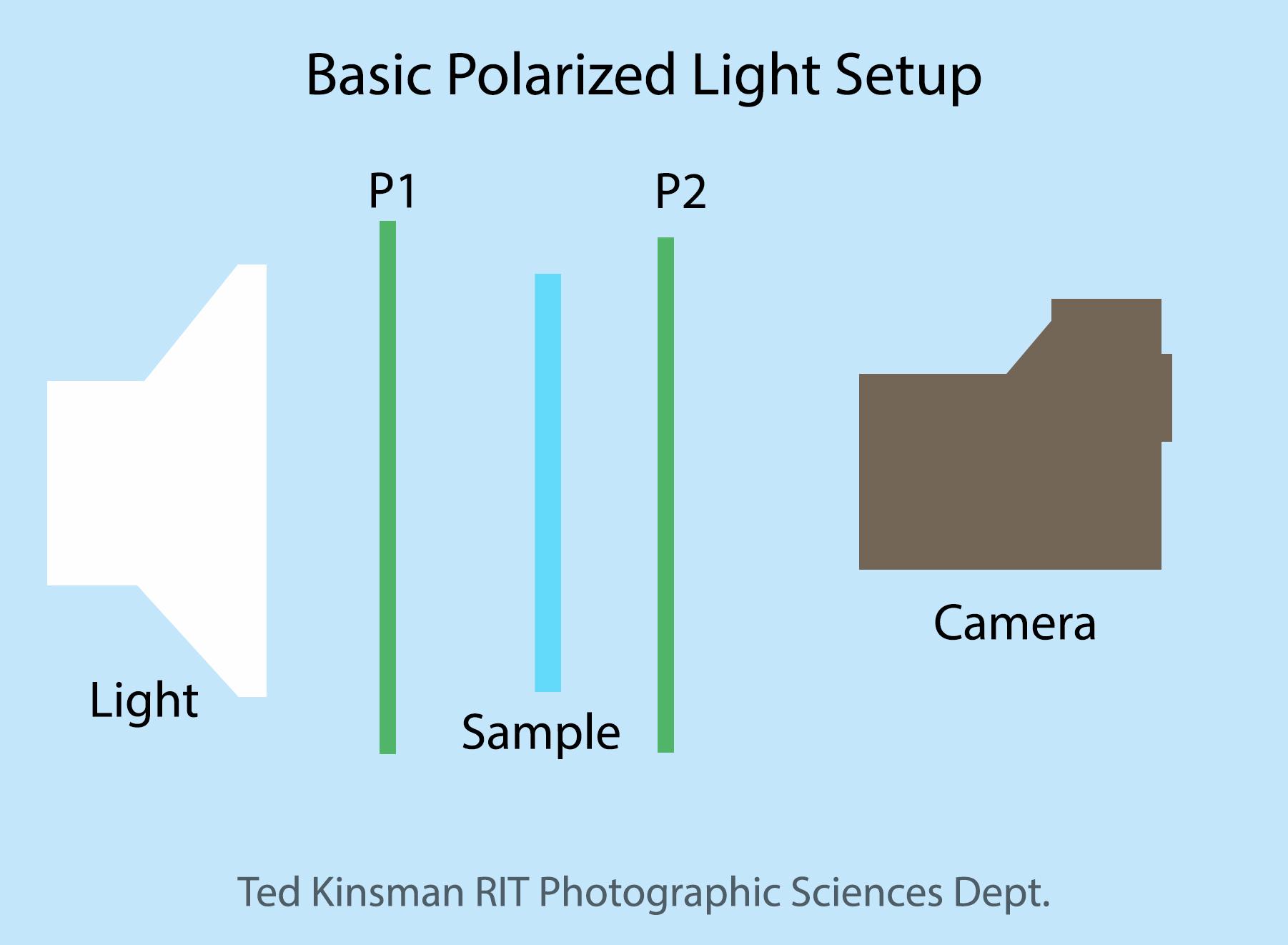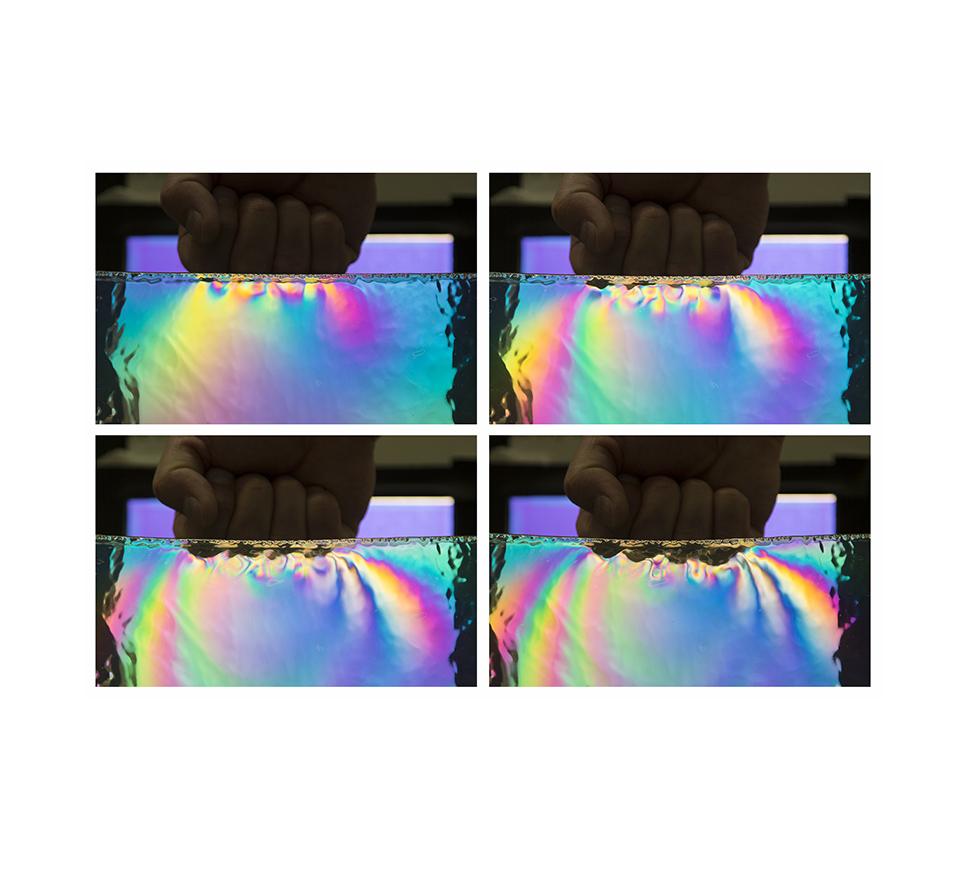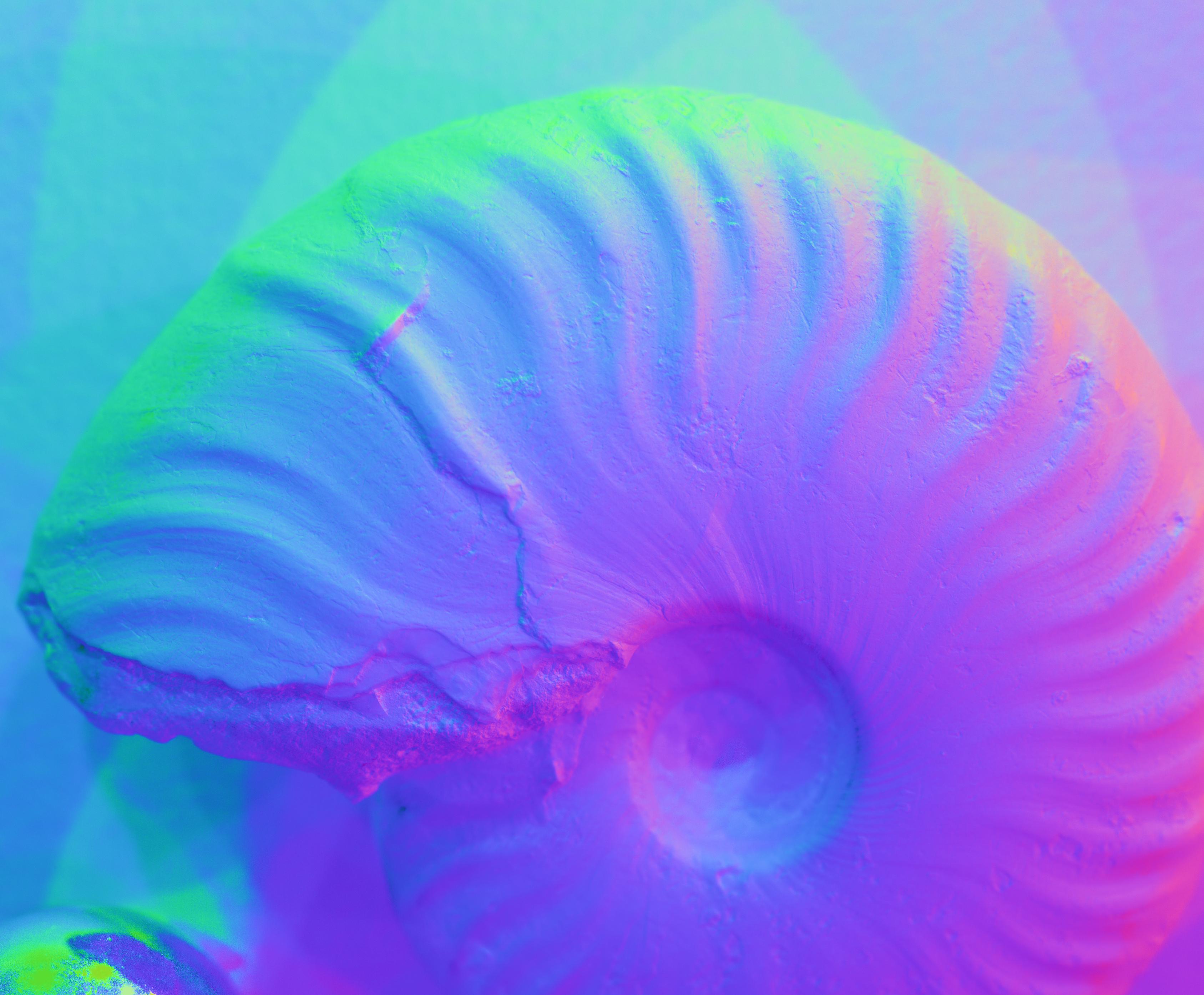
Ted Kinsman
Associate Professor
Ted Kinsman
Associate Professor
Education
BS, University of Oregon; MS, Syracuse University
Select Scholarship
Currently Teaching
In the News
-
January 17, 2025
![a metal machine on the left side of an image is shown with an arrow pointing to space which is shown on the right.]()
Designing a Star Tracker for Astronaut Don Pettit to Use on the ISS
An essay by Ted Kinsman, associate professor in the School of Photographic Arts and Sciences, published by PetaPixel.
-
October 24, 2024
![A person wearing glasses and a knit sweater smiles while holding a yellow balloon that has burst into a splash of powder. A banana floats above the ruptured balloon, all against a black background.]()
How to Use an Arduino to Trigger a Flash With Sound
PetaPixel speaks to Ted Kinsman, associate professor in the School of Photographic Arts and Sciences, about his high-speed photography class, where students learn to use Arduino technology to trigger flashes with sound while capturing dynamic events like balloon pops to study the physics of motion.
-
April 1, 2021
![Purple, snake-like structures forming a V-shape against a stark, black background.]()
Far out, but up close and personal with pot
City Newspaper highlights work by Ted Kinsman, associate professor from RIT's School of Photographic Arts and Sciences, photographing microscopic parts of the cannabis plant.
-
October 30, 2024
Kinsman recognized in photomicrography competition
-
June 5, 2020
Kinsman honored for electron micrograph image
Featured Work
Intro to Polarized Light : using polarizers to look at materials in a different light.
Ted Kinsman
How to Photograph a Karate Punch
Ted Kinsman
An Easy To Build Reflectance Transformation Imaging ( RTI) System just published.
Ted Kinsman
In this article I will describe how to construct a simple reflectance transformation imaging (RTI) setup using an Adurino microprocessor and a 3D printer. The RTI technique provides a valuable tool...









